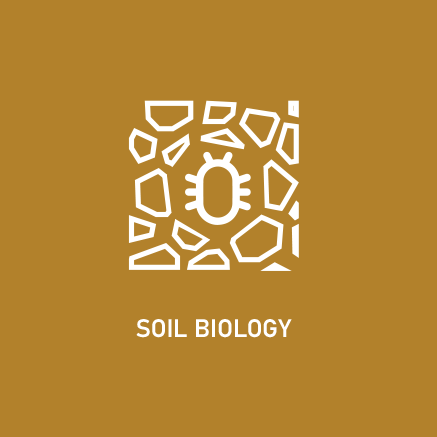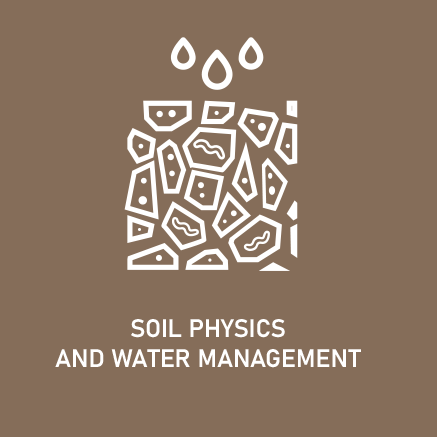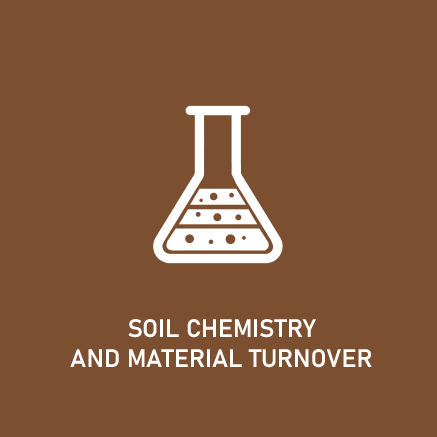River floodplains in the vicinity of metal mines or industrial plants are often subject to flooding with sediments containing heavy metals, which can be harmful to the soil ecosystem. This study aimed to investigate the microbial properties of the soil at a metal-contaminated site and to determine the significant relationships between the biological and chemical properties of the soil. The study site was located near the village of Gyöngyösoroszi, in the Mátra mountain, Hungary. A phytoremediation experiment was conducted in a metal-polluted floodplain using willow and corn plantations. The soil basal respiration, substrate-induced respiration, soil microbial biomass carbon (MBC), acid phosphatase activities, and soil chemical properties were measured. The soil of the contaminated sites had significantly higher levels of As, Pb, Zn, Cu, Cd, and Ca, whereas the unpolluted sites had significantly higher levels of phosphorus and potassium. The substrate-induced respiration showed a positive correlation with MBC and negative correlations with the metabolic quotient (qCO2). The soil plasticity index and phosphorus showed a positive correlation with MBC, whereas salinity and the presence of Cd, Pb, Zn, As, and Cu showed a negative correlation. Acid phosphomonoesterase activity negatively correlated with the plant-available phosphorus content and MBC but was positively correlated with the contents of toxic elements, including cadmium, lead, zinc, arsenic, and copper. This study found a significant correlation between the qCO2 and the toxic element content. This suggests that an enhanced metabolic quotient (qCO2), together with a decreased MBC/SOC ratio, could be used to indicate the harmful effect of soil contamination by heavy metals in floodplain soils.
Szili-Kovács, T.; Takács, T. Microbial Biomass and Rhizosphere Soil Properties in Response to Heavy Metal-Contaminated Flooding. Agriculture 2024, 14, 756.
https://doi.org/10.3390/agriculture14050756











